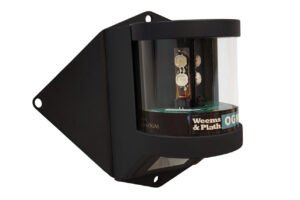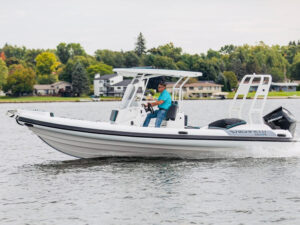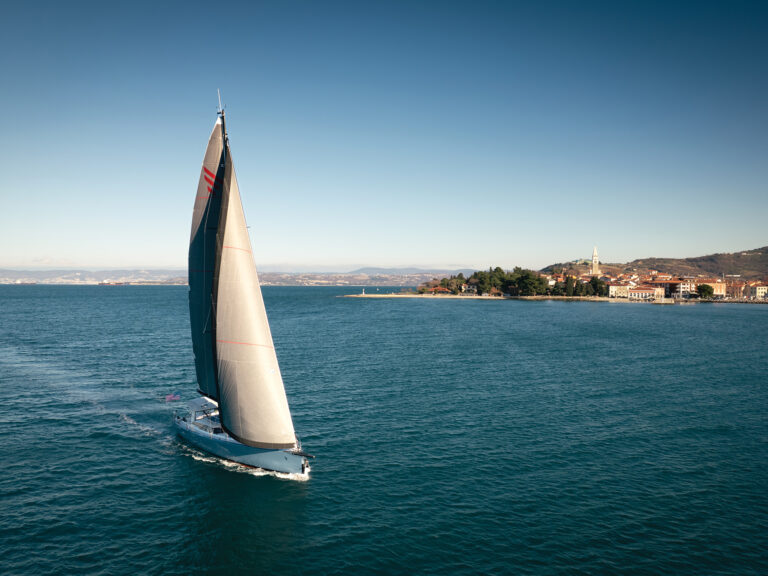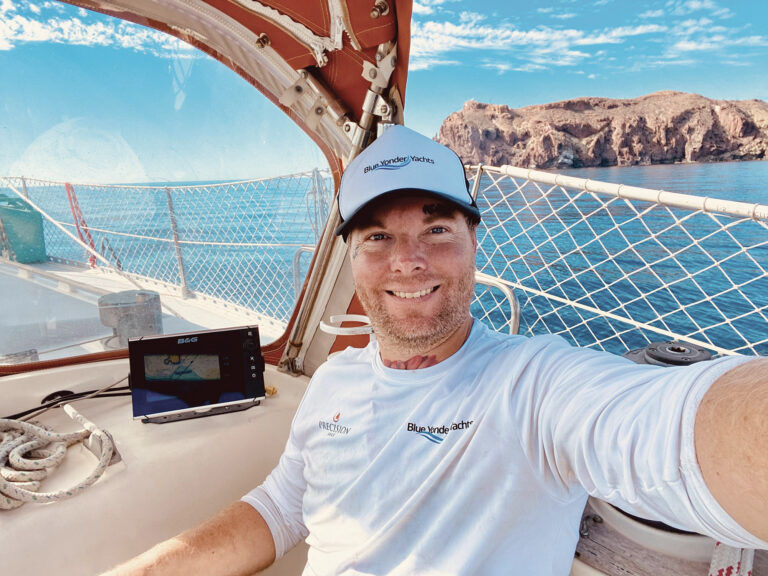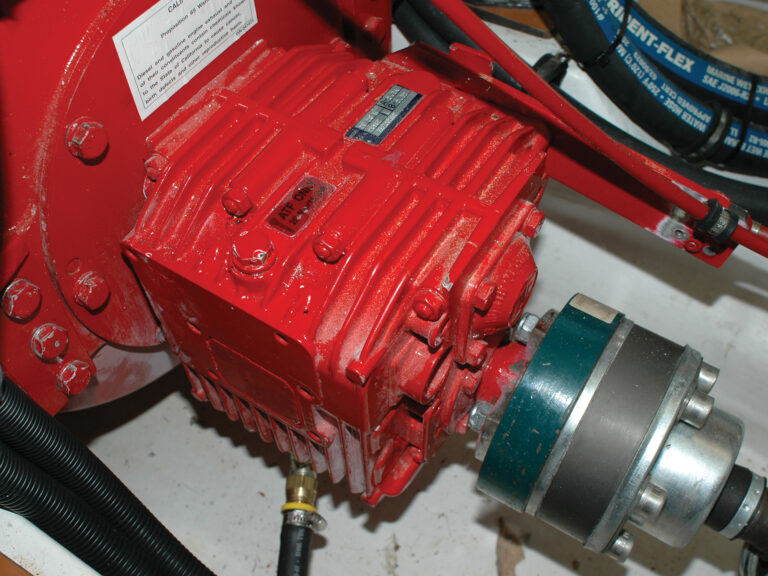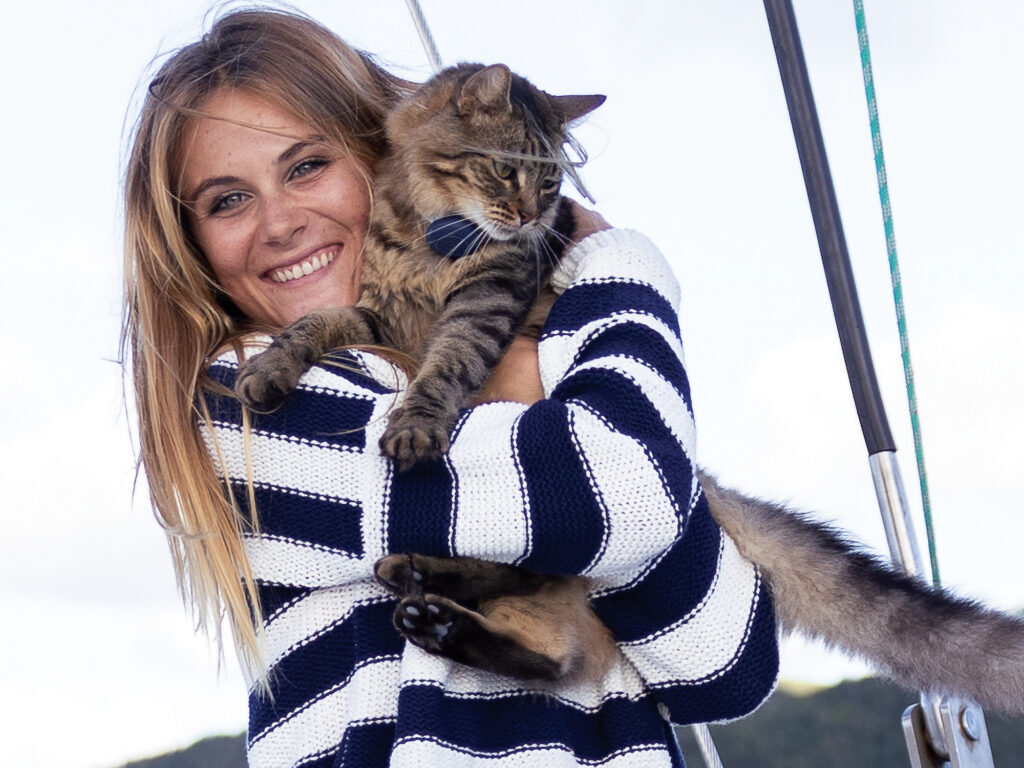
I’d always dreamed of sailing solo. I can’t explain why, but it was a dream that settled in my heart and never left. Like many aspiring sailors, my boat-buying process was long and drawn out. While I waited, I fostered kittens from my local shelter, which is how I met Mako.
He was just 4 weeks old, and by the end of our first night together, I knew that I had a new first mate. Mako would have to put up with me as I learned the ins and outs of sailing and figured out how to keep him safe on board.
Mako has since become the heart of my boat. I know many other pet owners who can’t imagine sailing without their furry companions, but taking the leap comes with countless questions. For those of us who live aboard, it’s not just about food and litter—it’s also about safety, happiness and navigating laws, especially when traveling between countries. Every nation has its own rules for importing pets. Some require lengthy quarantines, while others ask only for a health certificate.
As someone who likes to sail wherever the wind takes them, for me this maze has been a challenge. To manage it, I created a spreadsheet with the requirements for every country I had planned to visit during the next two years: vaccines, deadlines, import permits and health certificates. It was overwhelming at first, but it gave me clarity.
I had to become Mako’s advocate, requesting specific vaccinations and even explaining to my vet why I needed a rabies titer. When they asked which country it was for, I rattled off a list until they stopped me and said, “Just tell us the first one.”
Finding a vet who understands your travel plans, time constraints, and potential risks is critical. When island-hopping, I visit a local vet before leaving each island to update any necessary treatments, such as parasite prevention, and to get a health certificate for the next country. The paperwork can be tedious, but it’s worth it to have Mako by my side.
The legalities are only one part of the equation. I was also deeply concerned about Mako’s safety. What if he fell overboard? I introduced him to boats and dinghies early on, but he didn’t experience physically being in the water until after our first sail together: a 36-hour journey to the Exumas. A few days later, anchored in calm waters, I decided it was time to teach him to swim.
I hung a rope ladder off the back of the boat, put a life jacket on him, and slid into the water with him. At first, he trusted me enough to let me hold him, but when I tried lowering him into the water, he instinctively pulled up his legs. With a little patience, he started swimming, and even learned to use the ladder to climb back on board.
He’s fallen in a few times since then, including just days after his swimming lesson, but he always manages to climb back aboard—thanks to that rope ladder. I can’t overstate how important it is to have a way for an animal to get back onto the boat, even if it’s just a towel draped over the side.
Another fear of mine is an emergency at sea. What if Mako gets scared and jumps overboard? What if I can’t find him? To prepare, I always harnessed him in the cockpit during sails. I started putting the harness on him as a kitten, and though he’s never liked it, he tolerates it. For me, it’s a nonnegotiable safety measure.

During sails, Mako has free rein of the cockpit, where I keep his litter box, food and water. Over the years, he’s become accustomed to the routine. He now runs to the cockpit every time the engine starts, ready to settle in for the journey.
Speaking of litter, it’s surprisingly simple. In remote areas with nice beaches, I use sand mixed with baking soda. In more-populated areas, I buy traditional litter. After testing different setups, I settled on a large, covered litter box to keep rain out and litter in. For the first two years, I kept it in an extra head, but I’ve since moved it to the stern, where it’s out of the way and keeps the boat cleaner.
Provisioning is another key consideration. Mako is a picky eater, so I stock enough of his favorite food to last more than a year. I’ve also worked with vets to assemble a first-aid kit for him, complete with medications for bee stings, injuries, seasickness and stress.
Sailing with a pet can be challenging—and, at times, restrictive—but it’s incredibly rewarding. As a solo sailor, I appreciate the joy that Mako brings to my life. He loves jumping in and out of the hatches, watching the waves, and even playing fetch.
Looking back, I feel like Mako saved me more than I saved him the day I adopted him. I can’t imagine sailing alone without him.
Lauren Landers lives aboard her 1993 Beneteau Oceanis 510, Soul de La Mar, with her first-mate cat, Mako. Follow her adventures and get a behind-the-scenes look at life afloat on her YouTube channel: youtube.com/@laurenlanders.

